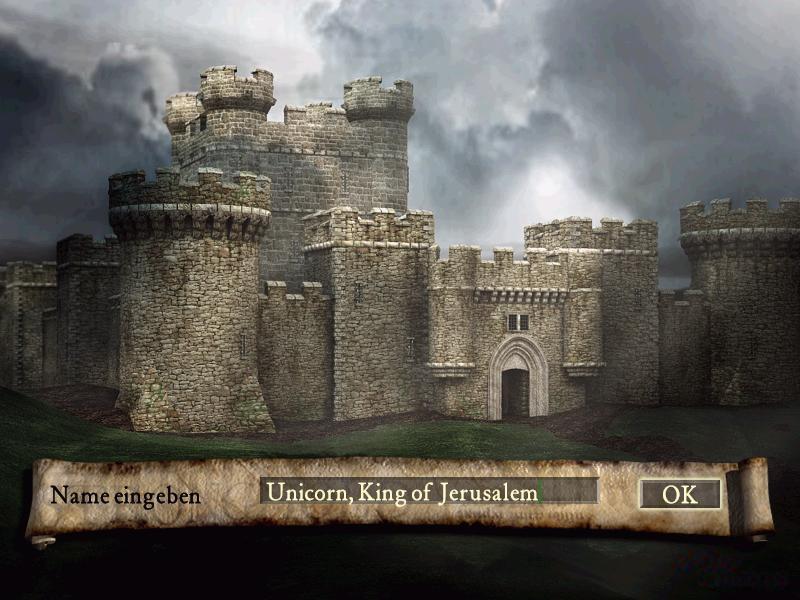

In the same way, the knights had to protect the feudal lords and their families. The knights in return had to render military services to the king on behalf of each baron. The barons had the right to lend the land partially granted by the king to the knights. Within the clergy and below the Pope were the Bishops, carriers of wealth and considered part of the nobility the priests, who gave mass inside castles and were responsible for collecting church taxes and the monks in the lowest part of the church hierarchy, recognized as scribes wearing brown robes. Being the Pope over all the members of the clergy. For this reason, even if the clergy were considered as a social class within the feudal system, they were considered to be of a higher class than the nobles, knights and villagers. 3 - The clergyĭuring the Middle Ages the church played a very important role. The noble titles could be inherited and in this way the land ceded by the king could pass generations within the same family. Pay the tributes and taxes required by the king. Provide food and accommodation to the king during his travels. Provide the King with Knights to face any form of war.

In return for the allocation of land, the barons had the following obligations: These nobles were known as feudal lords and had the right to establish their particular legal systems, assign their own currency, and implement their own tax and tax regulations (Burstein & Shek, 2006). The barons in the hierarchy of social classes stipulated by the feudal system were the class with the most power and wealth after the king. The barons and nobles received the king's lands on loan, this partial possession of the king's lands was known as lordship. Princesses used to marry princes in other kingdoms to ensure friendly political and economic relations between nations. The Princesses: They could only inherit the throne in case there was no man to take it. Within the hierarchical structure of social classes of the feudal system, kings occupied the highest and most important position, followed by barons and nobles, clergy and bishops, knights or vassals, and villagers or peasants. Within the feudal system, most rights and privileges were given to the higher social classes (Gintis & Bowel, 1984). This political system prevailed in Europe between the eighth and fourteenth centuries, during which most societies were agricultural and supported by feudal tradition. The social classes of feudalism are the hierarchical social divisions characteristic of the political, military and social system that took place in the Middle Ages and whose class structure was based on the possession of lands called fiefdoms and on the resulting relationship between lord and vassal (Structure, 2012).


 0 kommentar(er)
0 kommentar(er)
